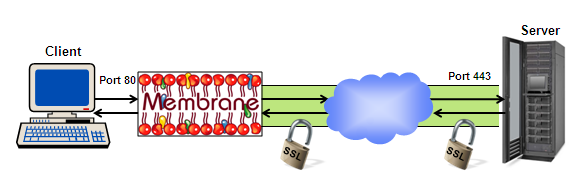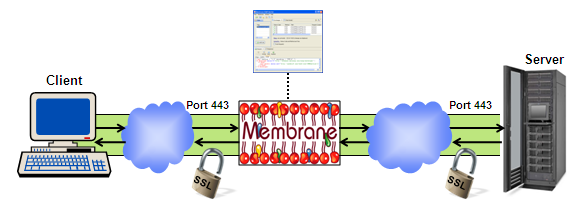From: <CnBOffers@infosys.com>
Date: Wed, 4 Dec 2019, 08:53
Subject: Offer of Employment
To: <kumar.anil.342011@gmail.com>
Cc: <yashika.khatri@infosys.com>
Candidate Id : 11830061
Dear Anil,
Welcome to the Infosys family.
We are delighted to extend you the offer of Senior Associate Consultant. Your role is critical to us and we look
forward to a positive working relationship.
The enclosed letter and FAQ document provide you with all the details of our offer. We are here to support you in your
joining our company and you may contact Ms. Yashika Khatri ( YASHIKA.KHATRI@INFOSYS.COM ) for any
information you need.
Please verify the digitally signed offer letter before taking the print out.
Steps to validate the Digital Signature:
1. Right Click on the Digital Signature
2. Click on Show Signature properties
3. Validate Signature
4. Show Signer's Certificate
5. Go to Trust tab
6. Add to Trusted certificates
7. Validate Signature & Close, now you will see the Digital Signature with the Tick Signature Valid
We look forward to receiving your acceptance of our offer.
Warm regards,
Human Resources Development,
Infosys Limited
This e-mail contains PRIVILEGED AND CONFIDENTIAL INFORMATION intended solely for the use of the
addressee(s). If you are not the intended recipient, please notify the sender by e-mail and delete the original message.
Further, you are not to copy, disclose, or distribute this e-mail or its contents to any other person and any such actions
that are unlawful. This e-mail may contain viruses. Infosys has taken every reasonable precaution to minimize this
risk, but is not liable for any damage you may sustain as a result of any virus in this e-mail. You should carry out your
own virus checks before opening the e-mail or attachment. Infosys reserves the right to monitor and review the content
of all messages sent to or from this e-mail address. Messages sent to or from this e-mail address may be stored on the
Infosys e-mail system.












































